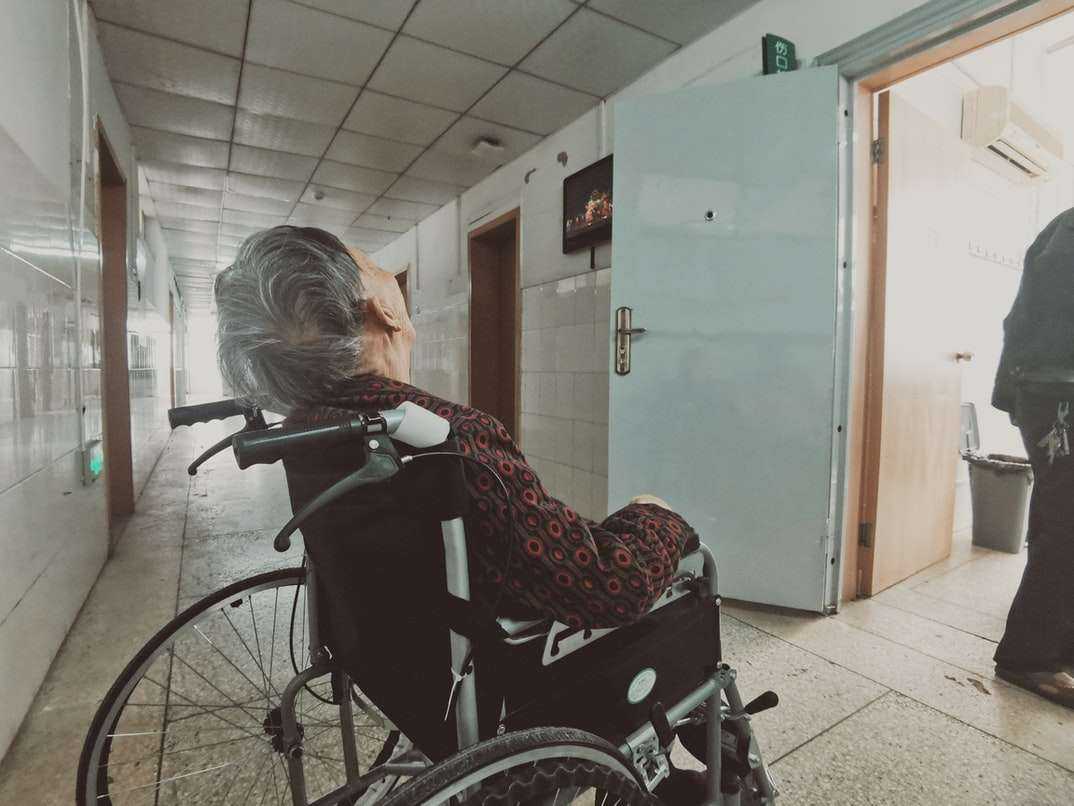BY W. GIFFORD- JONES MD & DIANA GIFFORD-JONES
Few want to think about it, but there are choices to make about death. Doing nothing is one option. Life will, inevitably, one way or another come to an end, but making common sense decisions about personal preferences for end-of-life should not be taboo or disallowed, and politicians should get out of the way.
In Canada, the would-be “just society”, the vast majority of citizens, about 80%, have repeatedly affirmed support for people who wish to have the option of medical assistance in dying. In the U.S., over the past decade, polls have ranged from 55-75% in support. Why are there still restrictions on who is eligible?
In the U.S., there is hodgepodge legislation, as only some states have passed medical aid in dying laws. According to the U.S. group Death With Dignity, “Every year, thousands of people who receive terminal diagnoses will consider uprooting their lives and moving to another state in order to avoid unnecessary suffering in death.”
For Canadians in the early stages of a capacity-eroding condition, recently expanded legislation is of little help. The organization, Dying With Dignity Canada, states, “For many of these people and those without a formal diagnosis — but who fear that they will develop a serious and incurable disease after they have lost capacity — the option to make an advance request is not currently allowed under the law.”
Why such nonsense when the answer is simple? It’s because vocal minorities are holding government’s hostage, and politicians are lacking both courage and decency.
Consider the fully competent and un-coerced person diagnosed with Alzheimer’s disease, dementia, Parkinson’s, or Huntington’s disease who wishes the dignity of a managed end-of-life process. It’s a problem that does not require the intellect of Einstein.
In Canada, Members of Parliament and Senators are dithering.
Readers of this column have expressed frustration with legal restrictions. One wrote, “I do not want others to feed me, give me a cookie, and have someone play the accordion.” Or another, “Why must I suffer in bed day after day while someone changes my diapers?” Some related stories are of loved ones suffering unbearable cancer pain for days, in spite of narcotics, before an excruciating death.
It’s sad that 25% of doctors involved in palliative care refuse to engage in medical assistance in death. These physicians claim their mission is to ease pain, not to hasten death. But surely it is cruel when patients want an end to life.
A public outcry can win the day. Right now, the minority is far louder than the majority. What’s truly sad is that permitting the majority the right to medical assistance in dying does nothing to harm the interests of the minority. No one is forcing those who don’t want medical assistance in dying to have it!
The Canadian Parliament has debated the issues carefully – and endlessly. The will of the people is clear, but still barriers persist.
To repeat, those who do not wish medical assistance to die need not have it. It cannot be a part of medical care for those who have not initiated the paperwork while competent to do so and assisted death cannot proceed if there is a change of mind in those who started the process.
People who wish to die naturally in spite of pain should be allowed to do so. They should not be allowed to prohibit the path of those who think otherwise.
Contact Dying With Dignity Canada www.dyingwithdignity.ca or Death with Dignity www.deathwithdignity.org in the U.S. for guidance on how to let the government know you want the choice to be yours.
Stay in the loop with exclusive news, stories, and insights—delivered straight to your inbox. No fluff, just real content that matters. Sign up today!
Is cholesterol the enemy?
Dr. W. Gifford-Jones, MD is a graduate of the University of Toronto and the Harvard Medical School. He trained in general surgery at Strong Memorial Hospital, University of Rochester, Montreal General Hospital, McGill University and in Gynecology at Harvard. His storied medical career began as a general practitioner, ship’s surgeon, and hotel doctor. For more than 40 years, he specialized in gynecology, devoting his practice to the formative issues of women’s health. In 1975, he launched his weekly medical column that has been published by national and local Canadian and U.S. newspapers. Today, the readership remains over seven million. His advice contains a solid dose of common sense and he never sits on the fence with controversial issues. He is the author of nine books including, “The Healthy Barmaid”, his autobiography “You’re Going To Do What?”, “What I Learned as a Medical Journalist”, and “90+ How I Got There!” Many years ago, he was successful in a fight to legalize heroin to help ease the pain of terminal cancer patients. His foundation at that time donated $500,000 to establish the Gifford-Jones Professorship in Pain Control and Palliative Care at the University of Toronto Medical School. At 93 years of age he rappelled from the top of Toronto’s City Hall (30 stories) to raise funds for children with a life-threatening disease through the Make-a-Wish Foundation. Diana Gifford-Jones, the daughter of W. Gifford-Jones, MD, Diana has extensive global experience in health and healthcare policy. Diana is Special Advisor with The Aga Khan University, which operates 2 quaternary care hospitals and numerous secondary hospitals, medical centres, pharmacies, and laboratories in South Asia and Africa. She worked for ten years in the Human Development sectors at the World Bank, including health policy and economics, nutrition, and population health. For over a decade at The Conference Board of Canada, she managed four health-related executive networks, including the Roundtable on Socio-Economic Determinants of Health, the Centre for Chronic Disease Prevention and Management, the Canadian Centre for Environmental Health, and the Centre for Health System Design and Management. Her master’s degree in public policy at Harvard University’s Kennedy School of Government included coursework at Harvard Medical School. She is also a graduate of Wellesley College. She has extensive experience with Canadian universities, including at Carleton University, where she was the Executive Director of the Global Academy. She lived and worked in Japan for four years and speaks Japanese fluently. Diana has the designation as a certified Chartered Director from The Directors College, a joint venture of The Conference Board of Canada and McMaster University. She has recently published a book on the natural health philosophy of W. Gifford-Jones, called No Nonsense Health – Naturally!













